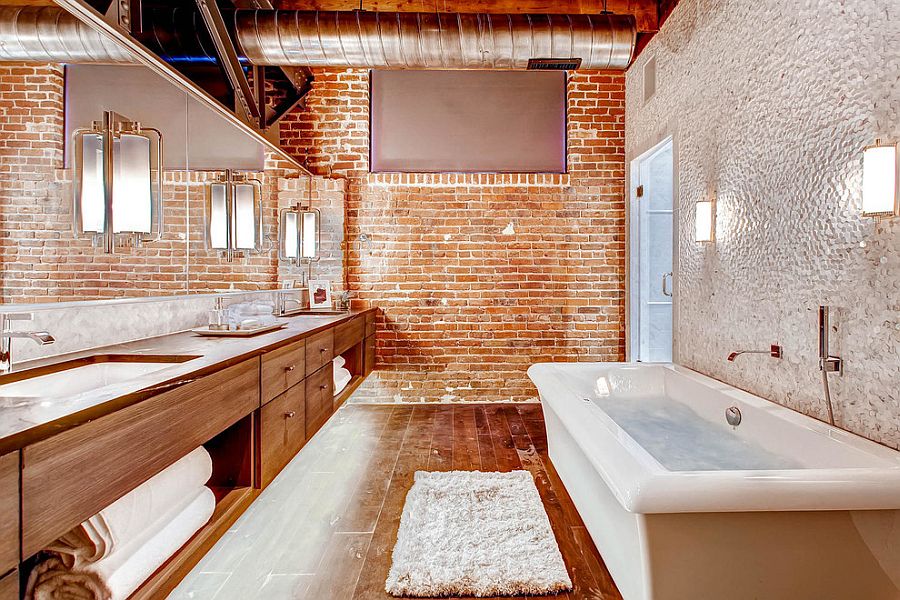
Water-saving toilet buying guide for Tech Enthusiasts
Share
In today's world, the need for sustainable solutions has never been more pressing. As tech professionals and enthusiasts, we are often on the lookout for innovative ways to conserve resources, and one of the most significant resources we can save is water. Enter the world of water-saving toilets. This Water-saving toilet buying guide is designed to help you navigate the multitude of options available, ensuring that you make an informed decision that aligns with your tech-savvy lifestyle.

The Importance of Water Conservation
Water is a finite resource, and with increasing population growth and climate change, it's crucial to adopt practices that prioritize conservation. Toilets are one of the largest consumers of water in the household. By investing in a water-saving toilet, you can significantly reduce your household's water consumption, contributing to a more sustainable future. According to the EPA, installing a high-efficiency toilet can save up to 13,000 gallons of water annually.
Types of Water-saving Toilets
1. Dual Flush Toilets
Dual flush toilets offer two flushing options: a low-volume flush for liquid waste and a higher-volume flush for solid waste. This technology ensures water is used efficiently based on the type of waste. To understand more about dual flush technology, you can visit our detailed guide on dual flush toilets.
2. Pressure-Assisted Toilets
These toilets utilize pressurized air to increase the force of the flush, which uses less water compared to traditional gravity-flush toilets. They are particularly effective in commercial settings or larger households where there's a need for powerful flushing capabilities.
3. Vacuum-Assisted Toilets
Vacuum-assisted toilets use a vacuum to remove waste from the bowl. This option is quieter than pressure-assisted models and still offers significant water savings.
Key Features to Consider
1. Flush Efficiency
Look for toilets with a WaterSense label, which indicates that the toilet meets the EPA's criteria for water efficiency and performance. These toilets use 20% less water than the current federal standard.
2. Smart Technology Integration
For tech enthusiasts, the integration of smart technology can be an exciting feature. Some models offer features such as self-cleaning functions, customizable flush settings, and connectivity with smart home systems. Check out our blog on smart bathroom water usage monitoring for more insights.
3. Design and Comfort
Consider the design of the toilet, including the height and shape of the bowl. Comfort is key, especially if the toilet will be used frequently. Ergonomic designs can enhance user experience.
Installation and Maintenance
Installation can be a significant factor in your decision. Some models may require professional installation, while others can be easily installed with basic tools and skills. Maintenance is another consideration; choose a model that's easy to clean and maintain. For a comprehensive installation guide, visit how to install a water-saving toilet.
Environmental Impact and Cost Savings
Beyond just saving water, water-saving toilets have a positive environmental impact by reducing the demand on sewage systems and lowering household utility bills. For a deeper dive into the environmental impact of these toilets, see our article on the impact of water-saving toilets.
Conclusion
Choosing the right water-saving toilet involves a balance of technology, efficiency, and design. As tech enthusiasts, we have the opportunity to make choices that not only suit our lifestyle but also contribute to a sustainable future. By considering the options and features outlined in this guide, you can make an informed decision that benefits both your household and the environment.

FAQs
1. How much water can a water-saving toilet save?
A water-saving toilet can save up to 13,000 gallons of water per year, depending on the model and usage.
2. Are water-saving toilets more expensive to install?
While some models may have a higher upfront cost, the long-term savings on water bills can offset the initial investment.
3. Can I install a water-saving toilet myself?
Many models are designed for easy DIY installation, but some may require professional help, especially if they have advanced features or require significant plumbing adjustments.
This article contains affiliate links. We may earn a commission at no extra cost to you.
